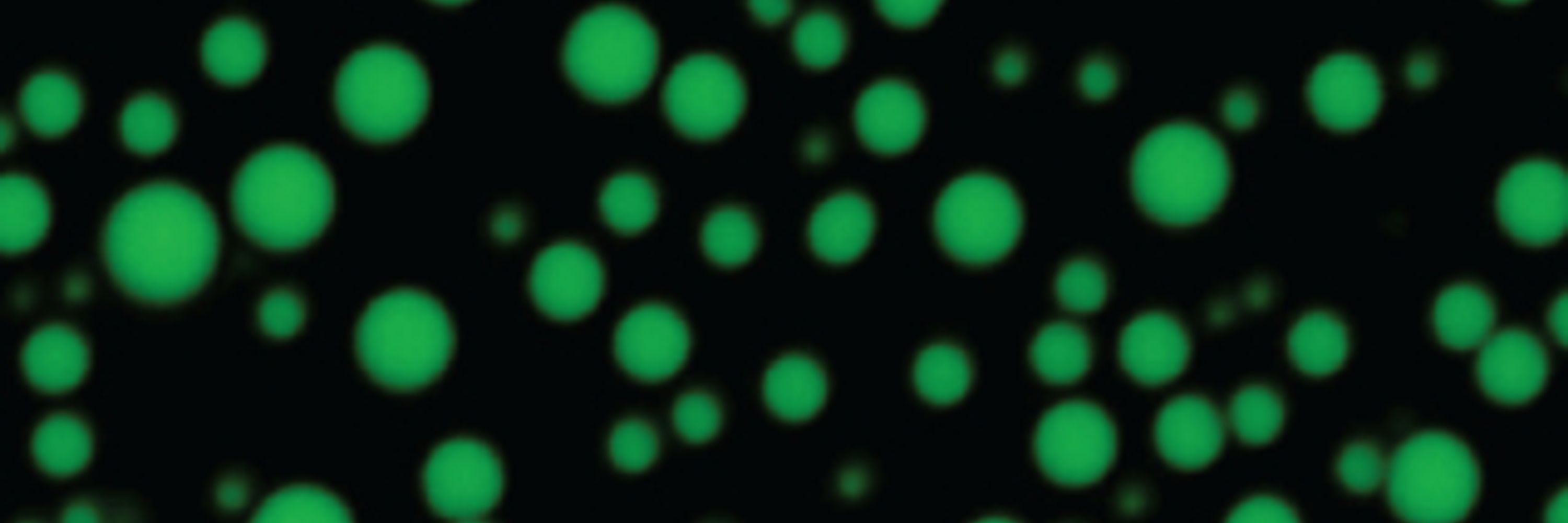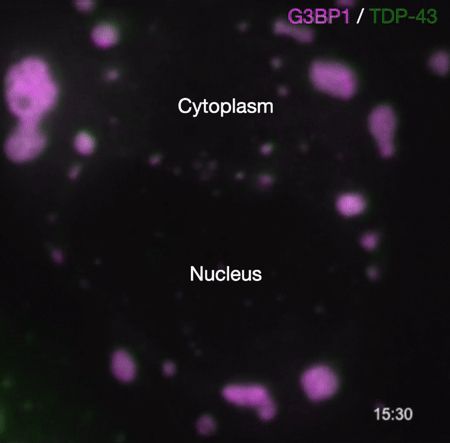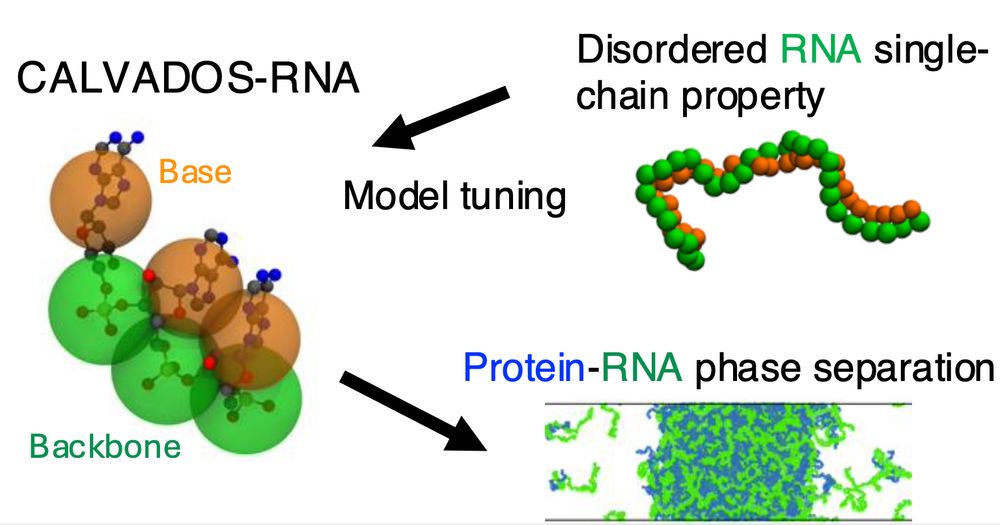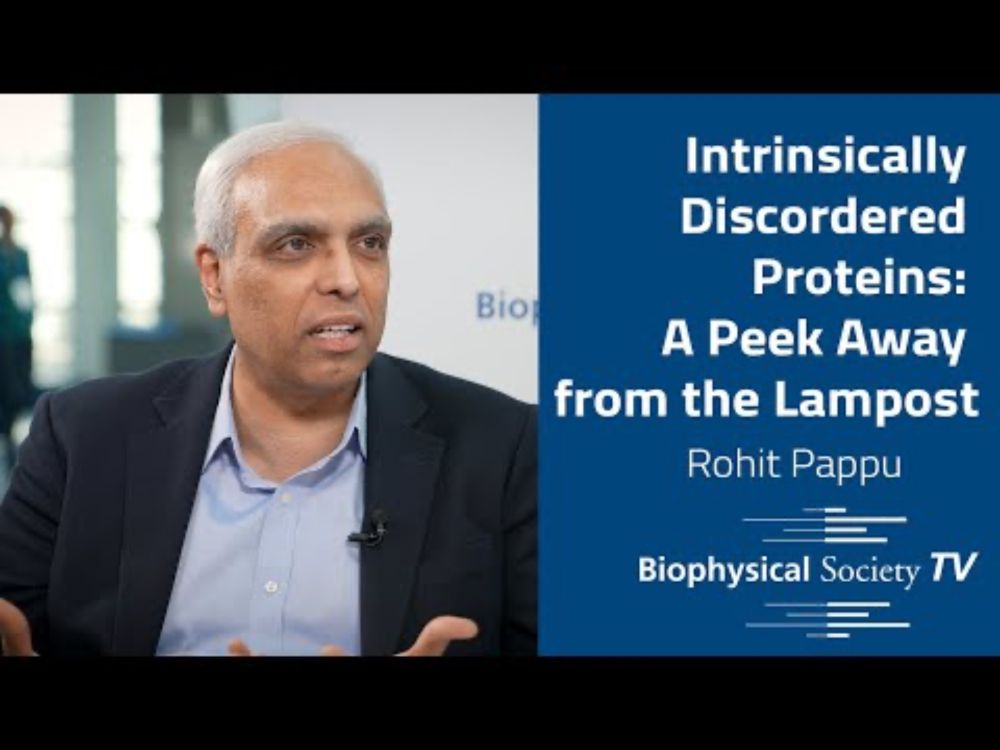Priya R Banerjee
@priya-r-banerjee.bsky.social
340 followers
130 following
6 posts
Associate Prof. at U Buffalo; learning how macromolecular phase transitions program cellular functions; single-molecule biophysics; disordered proteins; origin of life and RNA.
Laboratory webpage: https://www.banerjeelab.org/
Posts
Media
Videos
Starter Packs
Reposted by Priya R Banerjee
Leah Shaffer
@leahshaffer.bsky.social
· May 29

Research untangles role of stress granules in neurodegenerative disease
Researchers at Washington University in St. Louis and St. Jude Children’s Research Hospital have found that biomolecular condensates play a role in suppressing the effects of ALS-causing mutations.
source.washu.edu
Reposted by Priya R Banerjee
Tanja Mittag
@tanjamittag.bsky.social
· May 29
Reposted by Priya R Banerjee
Tanja Mittag
@tanjamittag.bsky.social
· May 29
Reposted by Priya R Banerjee
Tanja Mittag
@tanjamittag.bsky.social
· May 29
Reposted by Priya R Banerjee
Reposted by Priya R Banerjee
Reposted by Priya R Banerjee
Rohit V. Pappu
@rohitpappu68.bsky.social
· May 28
Reposted by Priya R Banerjee
Reposted by Priya R Banerjee
Rohit V. Pappu
@rohitpappu68.bsky.social
· Feb 28

Molecular grammars of intrinsically disordered regions that span the human proteome
Intrinsically disordered regions (IDRs) of proteins are defined by functionally relevant molecular grammars. This refers to IDR-specific non-random amino acid compositions and non-random patterning of...
www.biorxiv.org
Reposted by Priya R Banerjee
Jerelle Joseph
@jerelleaj.bsky.social
· Mar 6
Reposted by Priya R Banerjee
Jerelle Joseph
@jerelleaj.bsky.social
· Mar 7

Prediction of small-molecule partitioning into biomolecular condensates from simulation
Predicting small-molecule partitioning into biomolecular condensates is key to developing drugs that selectively target aberrant condensates. However, the molecular mechanisms underlying small-molecul...
www.biorxiv.org
Reposted by Priya R Banerjee
Reposted by Priya R Banerjee
Reposted by Priya R Banerjee












